How to Test the Speed of a Website (+6 Best Tool)

A website owner may occasionally want to check their site’s performance. This could be for several reasons. First, they want to make sure nobody else’s website is slowing down theirs, or it’s their website, and they want to keep it running smoothly for a consistent user experience. Nowadays many website developers add HTML to WordPress to improve their website speed and experience. Whatever the case may be, specific methods can be used to test the speed of one’s site and determine just how fast it is. This article will cover how one can test their site speed and what things should look like if everything goes well from start to finish in terms of performance.
What is website speed?
When we talk about the speed of a website, we are referring to how quickly it loads for users and not how fast the code was written, or web files were downloaded. It is important to note that when testing the speed of one’s site, it will be of utmost importance to test from locations worldwide. This is because users from different countries often have different connection speeds. Therefore, it would be good to ensure that all internet users can view your site without any significant issues whatsoever by testing in a variety of different areas using various tools.
What to test:
When testing the speed of one’s site, it is essential to ensure that the load times are as smooth as possible and that no errors occur. Therefore, the following steps should be used to test a website’s speed.
1) Test for Network Speed
To test for network speed, developing an area where you think most users are located before testing is essential. For example, suppose one is performing a speed test on their computer. In that case, they should use different tools such as Open Broadcaster Software or Xsplit Broadcaster to start and stop a recording of their online gameplay or whatever they may be doing while conducting their tests. If one is testing from a different location, it’s best to use online tools to test network speed.
This is because several factors, such as firewall settings, could affect the upload/download speeds if you are testing from your device. Likewise, suppose you are trying from different locations around the world. In that case, the performance for each test will likely be other, and it will become somewhat difficult to determine just how fast the upload and download speeds are.
2) Test for Server Speed
This step is the same as how to test for network speed. The primary difference is that in this case, as opposed to just trying for upload/download speeds, one should also test to make sure that the server on which the website is being hosted has enough capacity to handle all of the traffic being sent from and received from all of the users. It’s also essential in this case that they do not use a site such as Open Broadcaster Software or Xsplit Broadcaster because it will tend to interfere with the speed tests themselves.
3) Test for Hardware Speeds
To test your hardware’s speed, it is essential to determine how well it can handle the ones and zeros of data being transferred. For this part to work, one needs a computer with a proper internet connection and a tool to check their hardware speeds, such as SpeedTest.net. This step is so important because it will provide you with information on how much transfer speed you have at your disposal and what the actual performance of your computer is.
4) Test for Software Acts as a Caching Proxy
To bypass any unexpected issues caused by the websites you are testing, it is essential to ensure that your software is not connecting to the websites through a proxy. This could lead to decreased performance, so to avoid this, all one needs to do is go into their browser settings, go into advanced options, and search for any proxies.
What does a successful speed test look like?
When conducting your speed tests for your website, you will often notice two different pop-up boxes. The first will ask you what file you want to test, and the second will ask where you would like the testing results sent. In this case, ensuring that the second box is not checked is essential. However, looking at the results, one will notice a specific variation from one test to the next.
In terms of what a successful speed test looks like, it shows speed results in kilobytes per second (or Mbps if you go high). The successful test will vary based on what kind of information one posts on their website.
6 Best Tools for Speed Test
- Pingdom Website Speed Test
- GTMetrix
- WebPageTest
- Google Page Speed
- Speed Test by Ookla
- Geekflare
1) Pingdom Website Speed Test
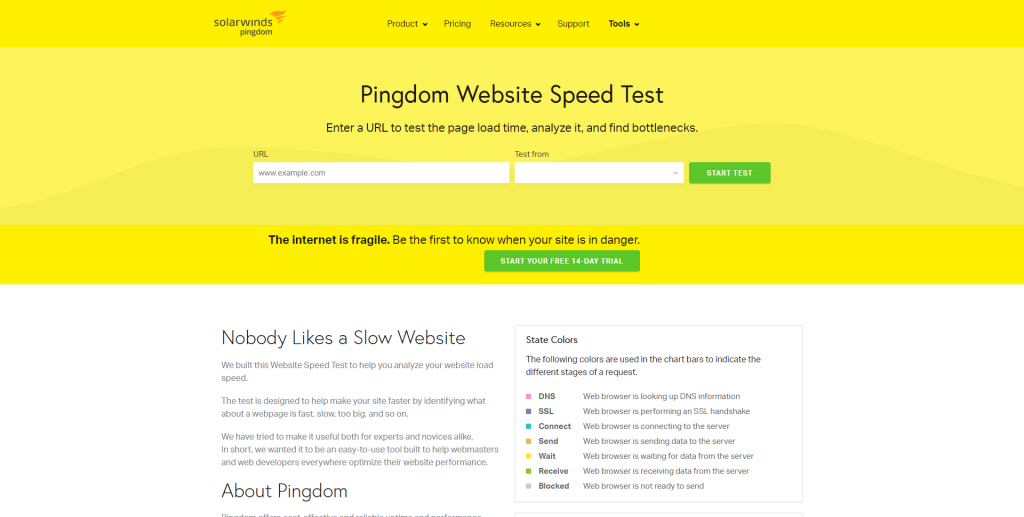
Pingdom Website Speed Test is a very easy-to-use online tool for testing your website’s speed. This is because it does not require downloads or installations, and all one needs to do to get started is enter the website they want to test along with their location. The results will typically give you an estimate in terms of how long the page should take to load and what the load times are like. This can be done by clicking on the Compare button and selecting another server, which will typically result in different performance times due to internet speeds, server load, or just network load.
2) GTMetrix

GTMetrix is a website speed testing tool that many people have been talking about lately. This is because it tests the load times based on real users and scenarios. When conducting this test, one needs to click on the “analyze” tab and answer a few questions about their business or personal website to get started.
3) WebPageTest
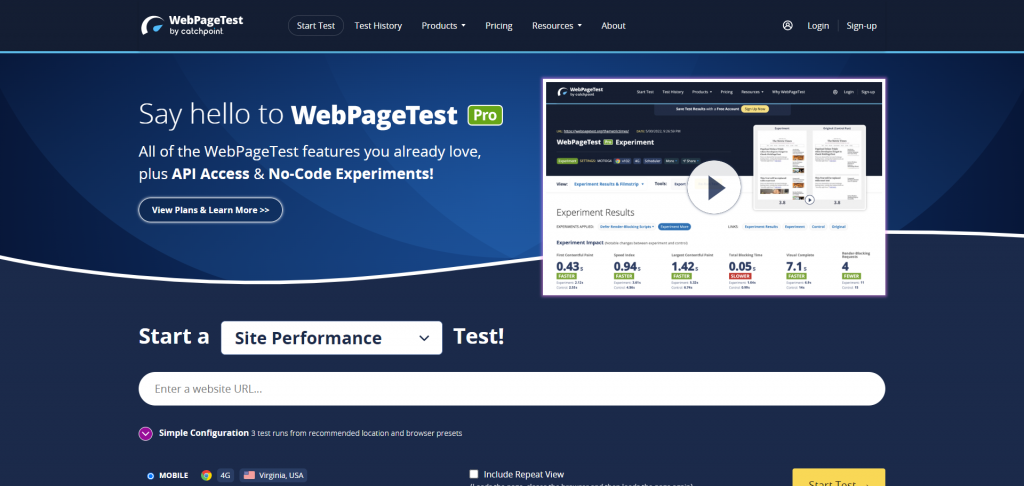
WebPageTest is another very reliable and easy-to-use website speed testing tool that one can use for performing tests for a website. For one to get started, they need to go into the “run benchmark” tab and then enter their URL (with a few optional fields). This tool also allows one to test multiple websites at once. Finally, one will find that they can check real users, download times, and more.
GET LIVELY & RESPONSIVE WEB PAGES WITH OUR PSD TO HTML5 CONVERSION !
Contact us with detailed information about the project and get a quote NOW!!!!.
4) Google Page Speed
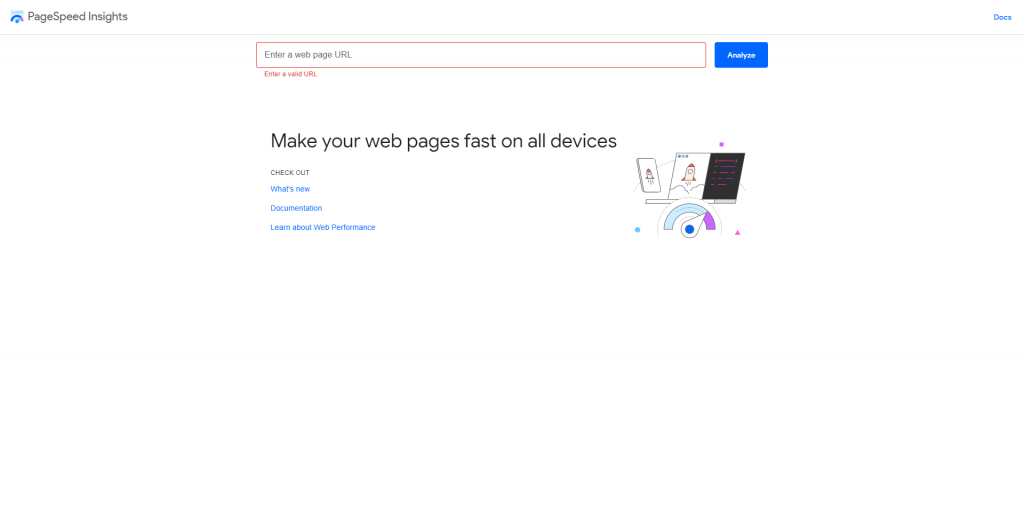
Google Page Speed helps you conduct your speed tests to ensure that your website is up and working at top speeds. It has been turned into service by Google to satisfy all users and determine whether or not their websites are running at acceptable rates. This tool also provides suggestions for additional optimizations, which can be found on the “speed tips” tab.
5) Speed Test by Ookla
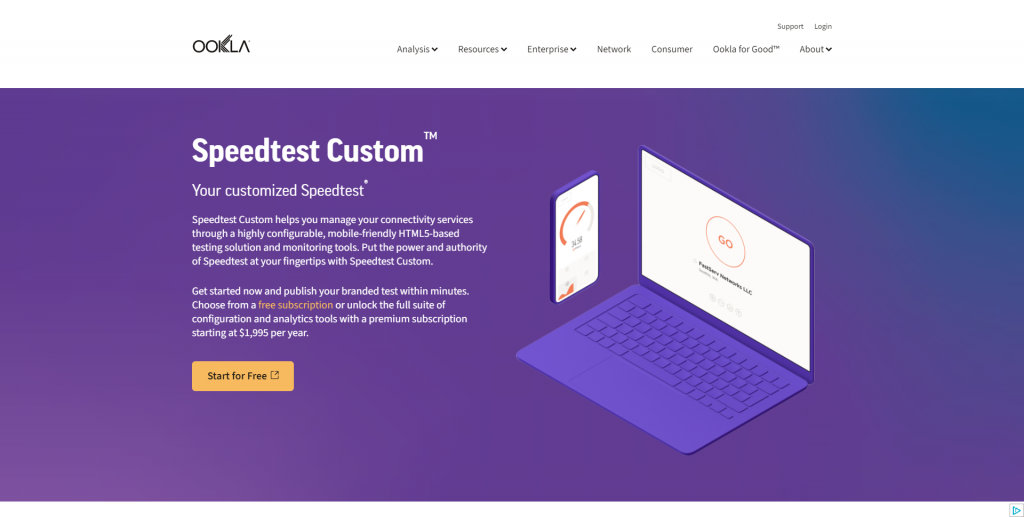
Speed Test by Ookla is excellent for performing tests on your website and the virtual network. There are many tests at one’s disposal, and this can be done by just clicking on their “Website” or “Network” tab and then choosing which settings they want to use. One will find that this tool will also allow them to conduct their custom tests.
6) Geekflare
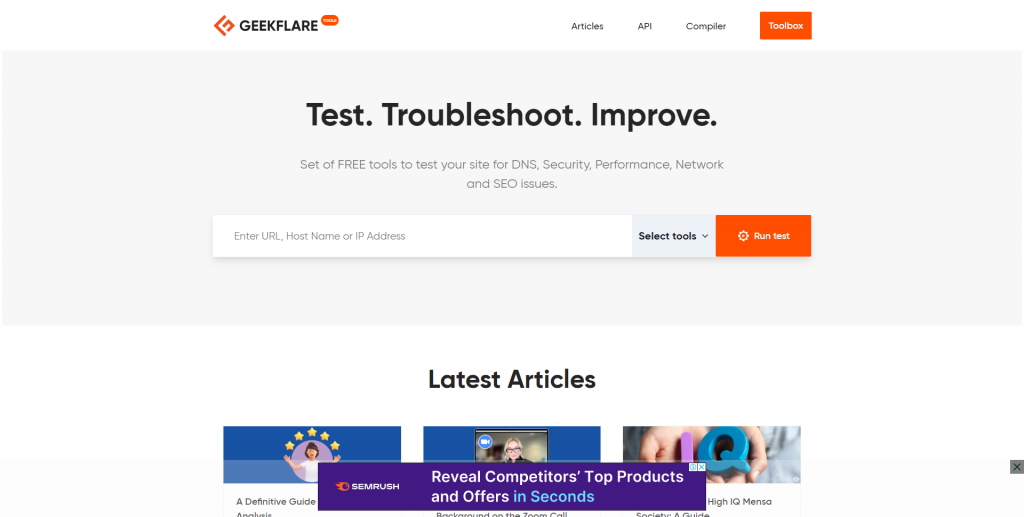
This handy browser tool can be used once you are online. It is best used during heavy web searches or while browsing through the web because then one can get an idea of the actual speed that they are loading at and how quickly their pages load to their eyes. This is a great way to test your internet connection.
Conclusion:
Regarding speed tests, it is essential to ensure that you execute them correctly and get the most accurate results possible. This list will help you conduct your speed tests for a website and get accurate and reliable results.
